Pests, in the context of attics, refer to any unwanted animals that have found their way into your attic space. These can range from squirrels, rats, mice, and other wild animals that have access to food and nesting materials. The presence of pests can pose several health risks, as they can spread diseases through their droppings and cause structural damage to your home. In this article, we will provide tips on how to identify and effectively rid your attic of pest infestations.
Disclaimer: The tips provided in this article are for informational purposes only and should not be taken as professional advice. While the strategies outlined above can help reduce the chances of an infestation, it is highly recommended to contact a professional pest control expert if you suspect an infestation. Advance Roofing LLC has been proudly serving the Spokane, WA area for many years with the highest standard of quality roofing solutions and we would be more than happy to assist you if you need further assistance.
Warning About DIY Tactics
While it is tempting to take on a DIY approach in controlling pests in your attic, it is crucial to be cautious before attempting to do so. Improper pest control methods can put you and your family’s health at risk, and may even cause structural damage to your home.
For instance, improperly removing nests may lead to the spread of harmful bacteria and parasites, which can cause diseases such as Hantavirus Pulmonary Syndrome. Additionally, not sealing access points for pests can result in future infestations, leading to costly repairs and potential health risks.
Prevention is key in keeping your attic pest-free. Some options for preventative measures include DIY rodent exclusion methods, such as sealing entry holes with mesh wire, installing door sweeps, and ensuring that your chimney is capped. Additionally, proper insulation installation can deter pests from entering your attic.
While DIY tactics may seem like a cost-effective solution, it is important to note that a professional pest control specialist has the expertise and tools needed to safely and effectively rid your attic of pests. It is always best to consult with a pest management professional before attempting any DIY methods.
Identifying Pests in Your Attic
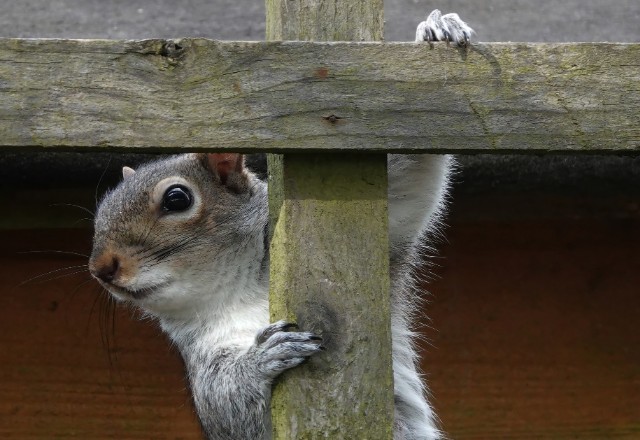
The attic is often a prime spot for pests to infest due to its dark, quiet, and undisturbed nature. Infestations in the attic can cause structural damage, health risks, and unwanted noise. Identifying pests in your attic is essential in executing an effective pest control plan. Common signs of pests in the attic include tiny paw prints, droppings, chewed wires and pipes, scratching sounds, and unpleasant odors. Mice droppings are typically smaller in size than those of rats, while rat droppings tend to be more concentrated in specific areas. Flying and gray squirrels are other common types of pests found in attics and can be identified by their nests made of nesting materials such as tree branches and leaves. Identifying pests in your attic as early as possible can help prevent further damage and the spread of diseases, making it important to have an initial inspection by a pest management professional.
Signs of Rodent Infestations
One of the most common signs of a rodent infestation in your attic is scratching noises, especially at night. You may also notice visible droppings or urine stains, as well as nesting materials such as shredded paper, fabric, or insulation. Additionally, you can spot gnaw marks and smudges along walls and baseboards, which rodent may have left behind when entering or exiting your attic.
It is crucial to identify the type of rodent infestation to ensure the proper treatment plan is in place. For example, gray squirrels may enter through gaps in your roof, while mice tend to access the attic via crawl spaces or tree branches. Rats are the most persistent and destructive, as well as being a risk for health hazards such as the Hantavirus Pulmonary Syndrome.
Therefore, it is important to promptly address the signs of rodent infestation in your attic to avoid potential structural damage, health risks, and future infestations. Contact a pest control professional who can perform an initial inspection to determine the level of infestation and suggest the best pest control plans, possibly with the involvement of professional exterminators. A deep cleaning is typically necessary to get rid of all traces of nesting materials, droppings, and dead rodents.
Signs of Other Types of Infestations

Aside from rats, gray squirrels, and flying squirrels, there are other types of pests that could infest attics.
- Signs of mouse infestations include droppings, nesting materials, and access to food sources such as pet food or crumbs. Like rats, mice are a health hazard and can cause structural damage if left untreated.
- Bat infestations usually occur in the summer, and signs include scratching sounds, guano or bat droppings, and a strong odor. Bats, like rats, carry diseases and pose a risk to human health.
The severity of an infestation affects the cost of getting rid of it. A minor mouse or squirrel infestation can cost around $200-$300, while a severe rat infestation can cost anywhere from $400-$600 and above.
It is necessary to identify the type and severity of the infestation before applying any treatment. Hiring a professional pest control company is recommended for severe infestations to prevent future infestations and ensure complete removal of pests.
Searching for Entry Holes and Nesting Materials
When it comes to ridding your attic of pests, identifying entry points and nesting materials is key. Take time to thoroughly inspect your attic for any potential entry holes, cracks, or other openings that rodents may use to enter your property. Some common entry points include vents, chimneys, and gaps around utility lines.
After identifying these entry points, it is important to seal them off with metal flashing, wire mesh, or concrete to prevent future infestations. Don’t forget to clear out any nests and debris left behind by pests, as this can also attract future infestations.
Make sure to check for any nesting materials left behind by rodents, such as shredded paper or cloth, to determine the severity of the infestation. Taking these steps to search for entry holes and nesting materials can help you effectively rid your attic of pests and discourage future infestations.
Controlling the Infestation
Dealing with pests invading your attic can be a daunting task that requires skill, patience, and attention to detail. However, with some basic knowledge and the right tools, you can effectively get rid of squirrels, rats, mice, and other pests in your attic.
- Whether you prefer DIY solutions or professional help, controlling the infestation requires a thorough inspection of your attic to locate and block all potential entry points.
- After that, you will need to eliminate all sources of food and nesting materials, and deploy the most effective trapping and removal methods.
- Depending on the level of infestation and the type of pest, you may need to use strobe lights, bright lights, or sound devices to drive the animals out of your attic.
- Additionally, you may need to seal all the crevices, holes, or gaps in your vents, attic windows, walls, electrical conduits, and other structures to prevent future infestations.
- Lastly, it is essential to clean up all droppings, dead animals, and debris, and sanitize and deodorize the area to prevent the spread of disease and avoid health risks associated with rodent droppings and dust.
Snap Traps and Mouse Traps
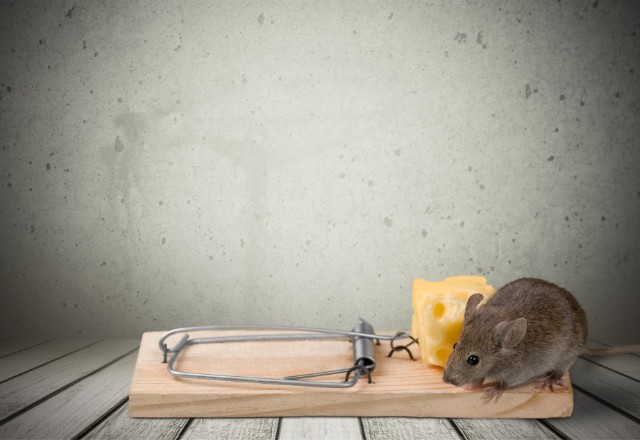
- Snap traps are the most commonly used form of mouse extermination, costing an average of $250 to $300 per trap. They are effective in controlling mouse infestations, although they require regular monitoring and disposal of dead mice.
- Electric traps, on the other hand, use a high voltage shock to kill mice instantly and are more humane than snap traps. They have an average cost of $40 to $60 per trap and require less maintenance than snap traps.
- Finally, mouse poison is another option for controlling mouse infestations. However, it is not recommended for homes with pets or children due to potential health risks. Additionally, poisoned mice may die in hard-to-reach places and cause unpleasant odors. The average cost of mouse poison is $20 to $40 per package.
In deciding on the best mouse trap to use, it is important to consider the level of infestation and the potential health risks. If in doubt, it may be best to consult a pest control professional to ensure effective and safe eradication of mice in the attic.
Bright Lights in the Attic Space
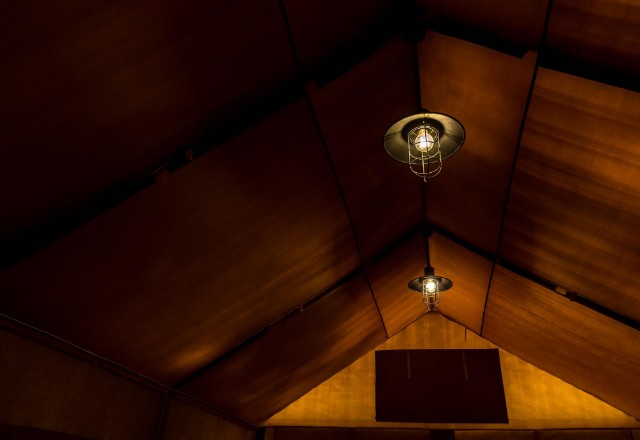
One effective and humane method to deter pests like squirrels, rats, and mice from nesting in your attic is to install bright lights. Nocturnal pests are uncomfortable with bright lights and are likely to vacate the area if exposed to them for extended periods. The first step in implementing this method is to install temporary lights in the attic. These can be battery-operated or hooked up to an outlet depending on your preference.
When installing the lights, it’s important to point them in the direction of the nesting area for maximum effectiveness. This ensures that the light directly affects the pests and encourages them to abandon their nesting site. Be sure to also position the light to cover any potential entry holes.
It’s important to note that this method may not work for every type of pest, as some may eventually ignore the light and return. If you suspect a high level of infestation or have signs of extensive damage, it’s best to call a pest control specialist to assess the situation and recommend a pest control plan. Additionally, deep cleaning and sealing access points can help prevent future infestations. Overall, using bright lights in the attic space is a simple and effective way to discourage pests from nesting in your home.
Peanut Butter as a Bait Option for Certain Species
Peanut butter is a great option for use as bait when trapping certain species of pests. Most rodents are attracted to peanut butter, which makes it an effective bait option. Peanut butter can be used to lure various types of rodents, such as rats, mice, and squirrels, into snap traps.
When using peanut butter as bait, it’s important to use only small amounts to ensure that the pests are not able to simply lick it off the trap without triggering it. Apply the peanut butter near the snap trap’s trigger mechanism to ensure that the pests must interact with the trap to reach the bait.
Overall, peanut butter is a cost-effective and environmentally friendly bait option for trapping certain species of pests, especially rodents. It is important to remember to continue monitoring for signs of pests, and to act quickly to prevent future infestations.
Calling a Professional Pest Control Company if Necessary
When it comes to severe pest infestations in your attic, it may be necessary to call a professional pest control company. While DIY methods might work well for minor infestations, larger infestations can pose serious health risks and cause structural damage to your home. Professional exterminators have the expertise and tools to locate entry points, identify the common type of pest, and provide customized tips to prevent future rodent infestations.
Hiring an experienced and reliable pest control specialist offers numerous benefits. They have access to humane methods, such as live traps and strobe lights, to remove the pests without causing harm. A pest management professional can also perform a deep cleaning of the attic to remove any nesting materials or droppings that could lead to future infestations. Most importantly, they have the knowledge and experience to address the level of infestation and implement pest control plans that are safe and effective for you and your family.
The average cost of pest control services in the US varies depending on the type of pest, level of infestation, and location. For rodent infestations in an attic, the cost can range from $300 to $500 for an initial inspection and treatment, with additional costs for ongoing maintenance or prevention services. While the cost may seem high, the benefits of hiring a professional pest control company far outweigh the potential risks and costs of a continued infestation.
Benefits of Professional Assistance
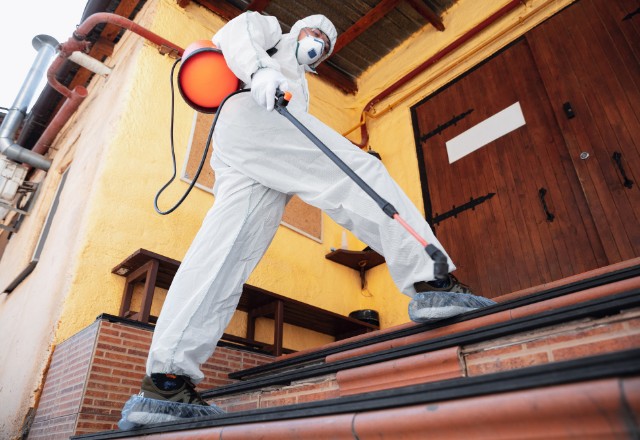
Getting rid of pests in your attic can be a daunting task, especially if you don’t have the know-how to do it yourself. Hiring a professional pest control specialist can be a great solution to this problem.
- The benefit of seeking their assistance is that they have advanced services and the tools to identify, control and remove different types of pests from your attic.
- They can also offer effective ways to prevent future infestations and ensure the safe removal of contaminated materials.
- Experienced pest control professionals have the expertise to handle the most common types of pests, such as rats and mice.
- They use humane methods, like snap traps, strobe lights, and live traps to remove the pests from your attic without causing any harm.
- They can also perform a deep cleaning to eliminate any nesting materials, droppings, or pheromones that attract more pests.
When selecting a pest control professional, you should consider their expertise in identifying and controlling pests. Check their experience, customer reviews, and pricing before settling on one. A professional pest management specialist can help you keep your home free from pests and provide peace of mind long after the elimination process is complete.
Selecting an Experienced and Reliable Exterminator
Selecting an experienced and reliable exterminator to rid your attic of pests, such as rats and mice, is crucial to ensure your home is free from these pesky critters. When choosing an exterminator, there are several essential criteria to consider.
- First and foremost, look for exterminators with positive third-party reviews and expertise in rodent extermination. You want to work with a provider that has a proven track record of successfully removing pests from homes.
- Request estimates from at least three different exterminators and compare the coverage and pricing offered to determine which provider offers the best treatment frequency and value. Keep in mind that the lowest cost option is not always the best choice.
- Once you have narrowed down your list of potential exterminators, schedule an initial visit and consult with a technician to assess their communication skills, knowledge, and professionalism. A skilled exterminator should be able to explain the treatment process and answer any questions you may have.
By following these guidelines, you can select an experienced and reliable exterminator that will rid your attic of pests and prevent future infestations.
Preventing Future Infestations
Prevention is key to avoiding future infestations in your attic. Once the pests have been removed, it’s important to take proactive steps to ensure that they don’t return. Pests are drawn to places where they can find food and shelter, so it’s important to eliminate potential food sources and seal up entry points. Regular inspection and deep cleaning can also help to identify and prevent infestations before they become a problem. By following these steps, you can protect your attic from pests and keep your home safe and healthy.
Cutting Off Access to Food Sources Inside and Outside Your Home
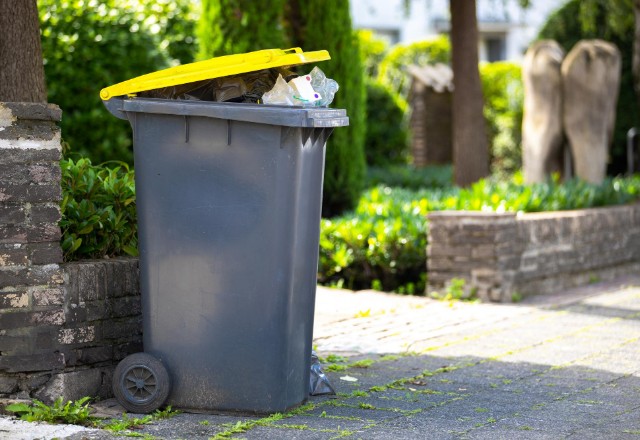
One way to prevent future infestations of pests is to cut off access to their food sources. This means removing or covering all accessible food sources both inside and outside your home.
- Outdoor food sources include fruit or nut-producing trees, bird feeders, and compost piles.
- Indoor food should be stored in airtight containers or cabinets.
- Additionally, garbage cans should be properly sealed, and pet food should be picked up and stored when your pets are not eating.
- In addition to food, pests also need water to survive. Therefore, it’s important to look for potential water sources and fix any leaks in and around your home. Changing watering times from night to early morning can also help prevent standing water.
- Trimming back brush and shrubs and ensuring that tree limbs aren’t touching the house also prevents easy access to your home for pests.
By preventing access to food sources both inside and outside your home, you can decrease the likelihood of future infestations and protect your living spaces from potential health risks and structural damage caused by pests.
Conclusion
Rid your attic of pests with the help of an experienced and reliable exterminator. Take proactive steps to prevent further infestations by cutting off access to food sources inside and outside your home, such as sealing up food containers and eliminating potential water sources. With these measures in place, you can protect your home from pests and preserve its safety and health.



 509-201-4190
509-201-4190
